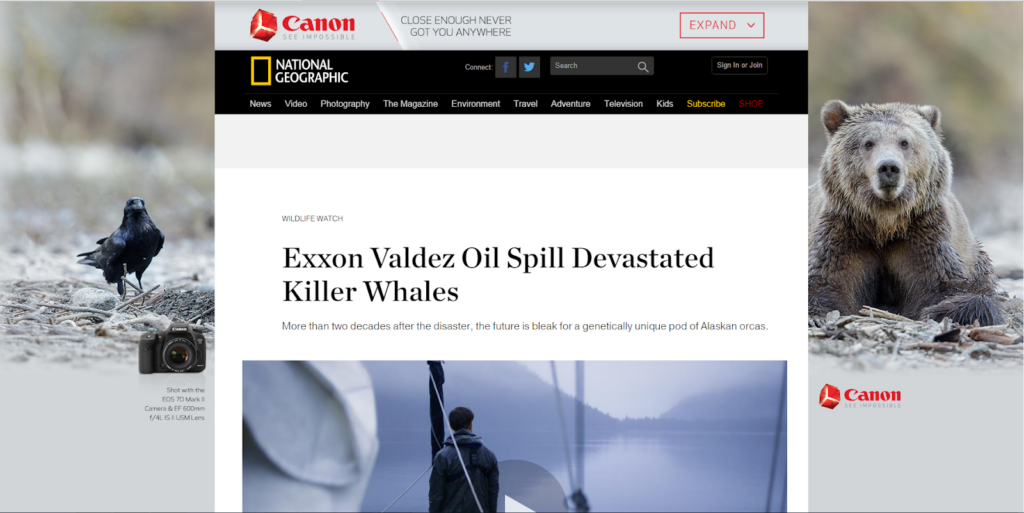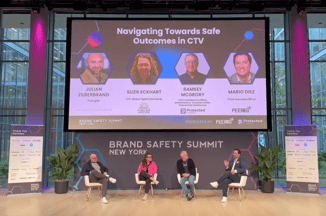Brand suitability: Target the right content with context

This year has been intense when it comes to news coverage, especially with so much reporting around the pandemic, politics, and protests. The sensitive nature of these news topics has made advertisers particularly reticent about placing ads on news content. We saw it in the early days of the pandemic when blocklists were used to protect brands from negative coronavirus stories.
The challenge with this avoidance approach is that publishers rely on the ad revenue to support their ability to report on all those very topics. The use of inclusion/exclusion lists creates risk for credible information sources we need right now. More importantly, it locks you out of the highest quality content for ad placements, reducing your impression pool.
So, what’s an advertiser to do?
No news is bad news when it comes to programmatic advertising
Start with recognizing that news is safe. Is it all suitable for your brand? Not likely but this applies to all categories, not just news. There’s little evidence that ads placed alongside even negative news stories will damage a brand. However, that doesn’t mean you shouldn’t be discerning in the choices you make about suitable content for your brand.
The concept and practice of brand safety are generally based on avoidance of broad swaths of content that ticks boxes that are widely deemed unsafe.
Suitability, however, comes from the perspective of playing offense in that you decide what is suitable for your brand and go after that content. And while it may involve excluding certain topics, sentiments, or sites, the practice doesn’t limit your reach the way some brand safety tactics can. It is critical that you have the right filters to identify what is suitable for your brand. Every brand has a different nuance–words or phrases.
By focusing on suitability over safety, you can more easily tailor advertising messages to the content you’re targeting, delivering ads that are relevant to your audience and even the content on the page.
The evolution of brand safety to suitability
Brand safety is important but it’s also a unique challenge since it’s handled differently by different platforms. Whether something is safe/suitable or not is subjective, which could impact your ad impressions if the platform you use isn’t aligned with your brand safety standards.
Brand suitability factors in contextual targeting
As discussed earlier, safety is subjective. What’s deemed unsafe for one brand can be important to another. According to research from IAB, 93.8% of marketers are using keyword block lists to ensure brand safety. The broad use of this kind of avoidance tactic can drastically reduce the available pool of impressions, often blocking content that’s not only safe but suitable for a brand.
Contextual targeting solutions address safety and suitability with standard, industry-specific, and custom categories you can use to scale up the ad inventory to specifications that align with your brand’s values, message, and audience.
For example, this story about an oil spill wouldn’t be suitable for an oil or gas company, but for an advertiser like Canon, it can send a message about their values and their products.

This suitability mindset opens up a world of options and opportunities for creativity and relevance.
Find out how to unlock these options for your brand today. Contact our team to learn more about the Peer39 approach to suitability.
More Posts

Disrupting the Status Quo in CTV at the Brand Safety Summit
Transparency is a cornerstone of Peer39's solutions—CTV and otherwise—so it made perfect sense for us to participate in the open and honest discussions at the Brand Safety Summit in New York City on October 29 and 30.


